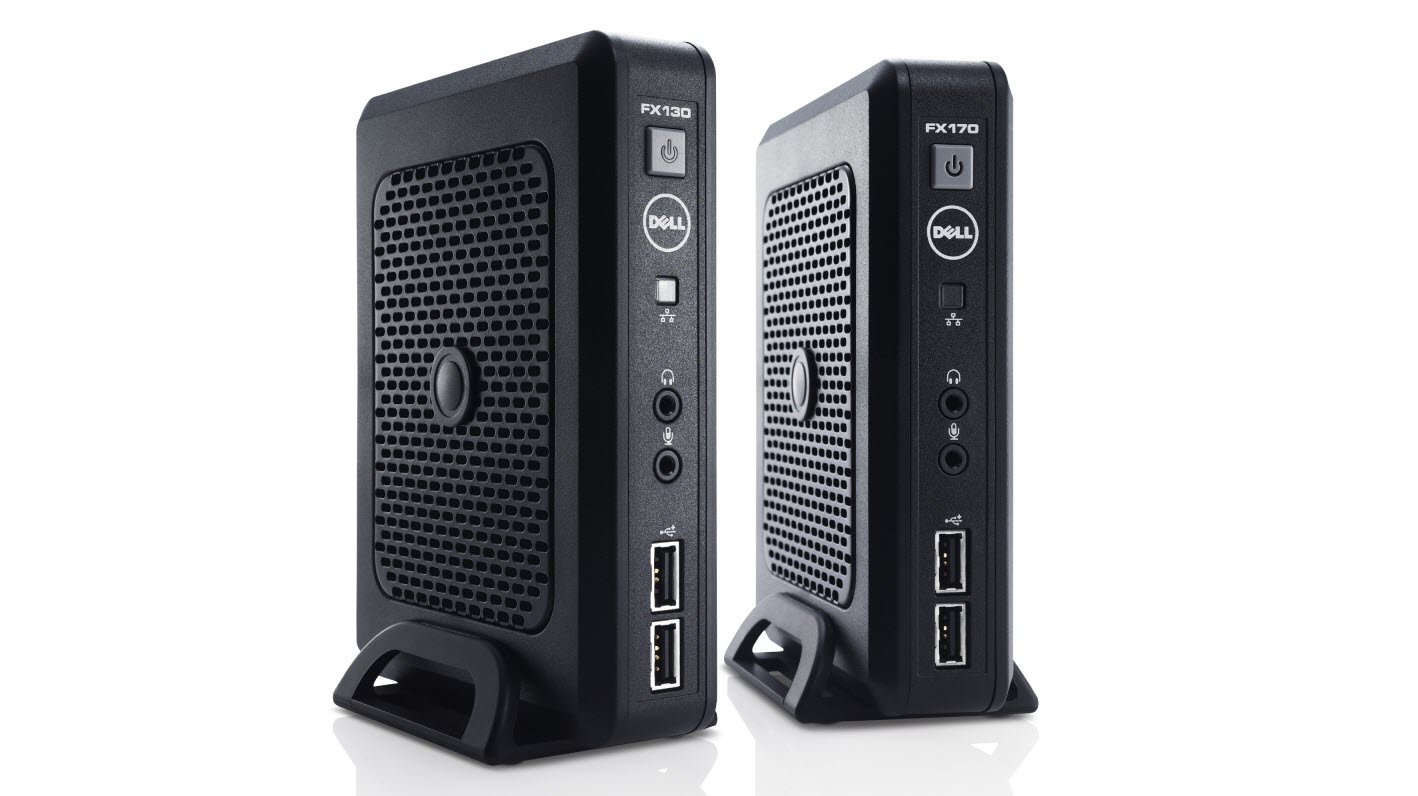How to use thin clients in your business
Using thin clients to reduce your business utility and IT maintenance costs

Take a look at your business' current PC set up. It's likely your company has a number of standard desktop computers connected to your network. But what if could dispense with these computers and use small centrally managed PCs that offer lower costs and fewer upgrades?
Moving to thin clients that are sometimes called 'dumb terminals' can offer your business a number of advantages:
- Increased security
- Easier upgrades
- Lower cost of ownership
- Reduced energy consumption
- Reliability
In essence a thin client is a desktop PC reduced to just the essential components. Many thin clients do away with a have a hard drive, as they are connected to centralised storage on a network and boot to a copy of the operating system stored on the network or from a small SSD storage device.
Moving the data that is typically stored on a desktop PC to a server reduces the risk of virus and malware infection. You and your employees can also access that data anytime via mobile data devices that can also connect to the servers via VPN (Virtual Private Network) over the Internet.
Additionally you don't need a high-spec device on every desk, as all the computing power is on the server. So your staff are free to use any desktop in the office, and they always have access to their favourite applications no matter where they are, or what the device, and that includes home PCs, laptops, tablets and smartphones.
Moving to thin clients
Moving to a thin client environment within your company isn't a highly technical exercise. The key is to initially look closely at how your business currently uses its desktop PCs, and how you and your employees access, exchange and store the data that your business uses on a daily basis.
With more collaborative working increasingly becoming the norm across all businesses, thin clients that access data over a network offer even more collaborative opportunities. What's more, businesses are also moving away from desktop installed office applications instead using hosted services such as Microsoft Office 365 and Google Apps for business.
Are you a pro? Subscribe to our newsletter
Sign up to the TechRadar Pro newsletter to get all the top news, opinion, features and guidance your business needs to succeed!
Another clear advantage with adopting thin clients is that your business can abandon the need to constantly upgrade the hardware of desktop PCs to ensure they can run the latest version of Windows. Often, when a new version of Windows is released it will need a minimum hardware set up to run. The cost of hardware upgrades can be substantial. With thin clients, upgrades to operating systems are all managed centrally, and can in some cases be completed with just a few mouse clicks, which means no downtime within your business.
Note, the move to Windows 8 with its touch interface means that to get the most out of the OS you will need to upgrade at least the monitor on the thin-screen device. But once that's upgraded you should have no problems with ongoing upgrades to Windows 9, 10 etc
Energy usage reductions of up to 90%
Every business wants to show that they are paying attention to how their activities impact the environment. Legislation also compels businesses to become more environmentally aware.
Adopting thin clients in your business can help your company attain a more environmentally friendly platform. Thin clients offer an 80-90 per cent reduction in the energy usage of a typical desktop PC. The average PC will use 60-100 watts compared to 8-15 watts for a thin client. Obviously there are power costs associated with the servers, but they work out at around 7 watts per thin-client.
Additionally there are interest free grants of up to £100,000 available to small and medium sized businesses from the Carbon Trust to fund the purchase of more energy efficient technologies. See the Eligibility Checklist and Loan Calculator on the Carbon Trust Website for more details.